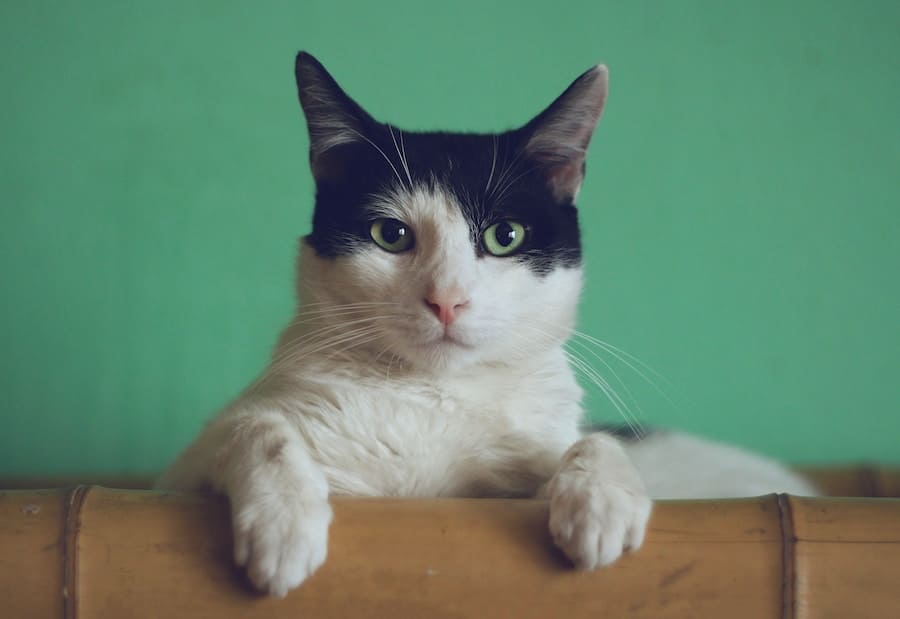Yes, You Can Teach Your Cat to Love Their Kennel: Here’s How
Cats have long been revered as independent creatures, leading many to assume that they cannot be trained. Yet this misconception ignores their intelligence and adaptability; one area in which training may prove especially helpful to cats is kennel training; here, we explore its value to their wellbeing.
Key Takeaways
Kennels are vital to your cat’s safety and comfort; with proper selection and gradual introduction you can create positive associations for them with it.
Utilizing treats and toys can encourage your cat to enter its kennel more freely, as well as make training successful. When creating the ideal environment for training purposes, and avoiding common errors can ensure maximum effectiveness.
Maintaining a positive relationship with your cat throughout kennel training is key for its success.
Understanding the Importance of a Kennel for Your Cat
Your cat will experience many advantages by having their own kennel for safety and security purposes. A kennel provides them with a designated space where they can find solitude when feeling overwhelmed or when needing some time alone; acting as an oasis where they feel safe from potential threats.
An additional advantage of having a kennel for cats is in times of change such as moving house or traveling together – providing your feline with their familiar space can greatly decrease stress and anxiety during transitional times.
Benefits of Training Your Cat to Enjoy Their Kennel
Kennel training provides both cats and owners with numerous advantages. By teaching your cat to love its kennel, you are giving it an essential coping mechanism which reduces anxiety levels and stress levels.
Once your cat is used to their kennel, travel becomes much simpler. Whether on vacation or visiting their veterinarian’s office, having a cat who readily enters its kennel saves both safety and convenience for everyone involved.
Select the Right Kennel for Your Cat
Factors to Consider Important Considerations
For optimal cat health and welfare, its best to choose a medium sized kennel in an isolated, quiet environment. When purchasing such an enclosure for a cat it should meet these specifications: Size High = Large enough to allow comfortable movement from cat; Material High = Sturdy yet easy to clean
Location Medium.
Accessories Medium Should include a litter box, food and water bowls, as well as a comfortable bed; whilst Price Low should provide cost-effective yet quality solutions.
When selecting a suitable kennel for your feline friend, it’s essential to keep several factors in mind, including size, material quality, ventilation options and ease of cleaning access points (doors).
There are various types of kennels on the market, from wire crates with removable trays and latches, plastic carriers with secure latches, soft-sided collapsible kennels and soft-sided wire crates with soft sides; it is essential that you select one which best meets your cat’s needs and requirements.
How to Introduce Your Cat to Their Kennel
Steps should be taken gradually and patiently when introducing your cat to their new kennel. Start by placing it in an area of your home where she feels secure, then open the door so she can explore at her own pace.
Make the kennel more inviting by placing treats or toys inside as positive reinforcement and encouraging your cat to enter freely without forcing him/her into it first. Don’t try forcing or shutting off their entrance.
Positive Association with Kennel
Ensure your cat develops a positive association between its kennel and rewards such as treats or toys whenever it enters on its own, gradually increasing time spent inside by closing doors for short periods while providing positive reinforcement.
Remember not to rush this process; every step should be done at an easy and comfortable pace for both yourself and your cat. Your goal should be for your kennel to become a safe haven rather than somewhere they feel restricted by confinement.
Make the Kennel Comfortable and Safe for Your Cat
Make your cat’s kennel as welcoming as possible by providing soft bedding such as blankets or towels with soft textures to rest upon, as well as familiar scents such as unwashed clothes from home that create an environment they are familiar with and secure in.
Safety should always come first when choosing bedding materials; avoid anything with loose strings or small parts that could pose a choking hazard if accidentally consumed by your curious feline friend.
Avoid Common Mistakes When Training Your Cat To Love Their Kennel
Training cats requires being aware of common mistakes that could impede progress, including forcing your cat into its kennel or using punishment as a form of training; doing this will only create negative associations and make the process harder overall.
Make use of positive reinforcement and patience. Allow your cat to explore and enter the kennel at their own pace, rewarding them when they do so willingly with treats or praise.
Assessing Common Kennel Training Issues
As you train your cat to enter its kennel, there may be challenges you encounter along the way. Your cat might initially show resistance or refuse to enter it at first – in such instances it’s essential not to become discouraged.
To address this problem, try placing their favorite toys or treats near the entrance of their kennel to gradually entice them inside gradually. Also consider feeding meals inside their kennel so as to create positive associations with it.
Maintain a Positive Relationship With Your Cat Throughout Training Process
As part of the training process, it’s crucial that you establish and nurture a positive relationship between yourself and your cat by showing love and support. Keep in mind that cats are sensitive creatures who react best when treated kindly and patiently.
Continue spending quality time together outside of training sessions so your cat knows they are loved and valued, regardless of their experiences in kennels. This will strengthen your relationship while creating associations between comfort and security with them both of you.
Conclusion
Kennel training for cats is an integral component of feline companion care that offers numerous advantages for them and their owners alike. By offering safe spaces where cats can retreat when necessary, we enhance their well-being during times of change or travel by decreasing stress levels and stress levels for felines alike.
Selecting an ideal kennel size and type for our furry companions is crucial to providing them with comfort and safety. Utilizing positive reinforcement techniques gradually can help create positive associations between cats and their kennels.
Keep patience, love, and understanding at the forefront when teaching your cat to love its kennel. By maintaining a positive relationship throughout this process, you can ensure your feline companion feels valued and supported every step of the way. Why not give kennel training a try with your feline companion today? You might just be delighted by its results!
FAQs
What Is A Cat Kennel? A cat kennel is an enclosed space designed for cats to rest, sleep and travel safely in. These structures may be made out of various materials like plastic, metal or fabric.
Why is it essential for cats to love their kennel?
Establishing a good relationship between cats and their kennel is crucial to their safety and well-being. It can reduce stress during travel or vet visits, and provide them with a comfortable place to rest their head at night.
How can I train my cat to love their kennel?
Your cat will quickly come to love their kennel by gradually introducing it, using positive reinforcement, and making it comfortable and inviting space. Try placing treats or toys inside it so they associate it with good experiences and memories.
What are some common mistakes to be aware of when training a cat to love its kennel?
Common missteps when training a cat to love its kennel include forcing it inside, using punishment or negative reinforcement, or leaving your feline inside for extended periods. Be patient and consistent throughout this training process so as to create a comfortable space within their kennel for them.
Can all cats be trained to enjoy their kennel?
Even though some cats can be resistant to training, most can be made comfortable in their kennels with patience and consistency. Each cat is different and may need different training methods or timelines for success.



